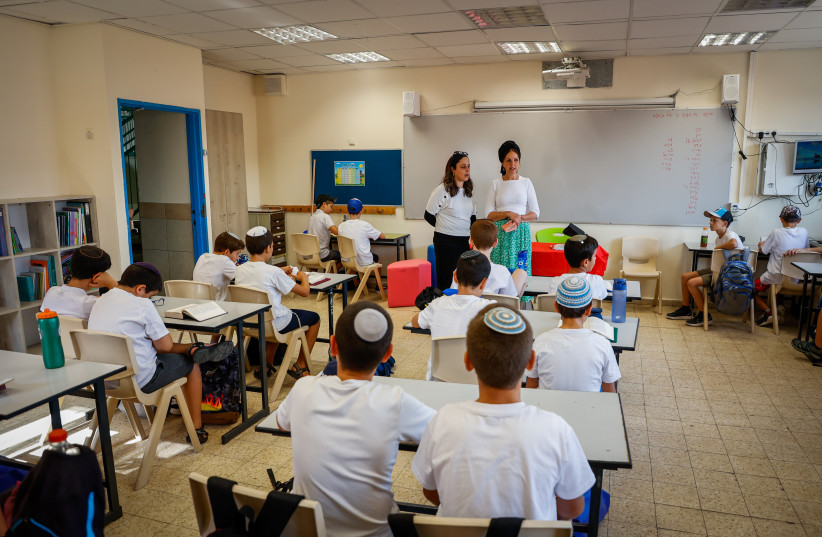Researchers in Scandinavian countries have uncovered new information on how students can better understand the connection between sounds and their corresponding letters. After pinpointing a difference in each gender's ability to process the connection between sounds and letters, Norwegian psychological researchers have been able to identify how these reading skills can be improved on by the youngest students.
In a peer-reviewed study published in Acta Psychology revealed how three countries in Northern Europe - Finland, Norway, and Iceland - have measured successful linkage between letters and sounds, leading to overall stronger reading comprehension skills in children from a young age.
In Iceland, more than 50 percent of kids were already ahead on reading, though not necessarily literate but able to read certain words. This can be attributed to properly placing learning focus on some parts of speech and language more than others.
“When Icelandic children start school, the learning focus is on letters and their corresponding sounds,” says Hermundur Sigmundsson, one of the lead researchers and authors of the study commented.
Sigmundsson stressed that for schools to teach successful reading skills early on, emphasis needed to be placed on letters and sounds before reading and understanding words as a whole, before context.

Testing out a new educational method
Researchers launched a learning method in Iceland's schools through a project which gained national attention called Kveikjum neistann! (or ignite the spark!). The researchers tested the new method with first-graders in the 2021/2022 school year. Each student was given a reading code.
“After the first year in Iceland, everyone in our project had cracked the reading code. This is a very good starting point for further reading development, which focuses on reading comprehension, creative writing and pronunciation,” says Sigmundsson. Though these results continued, they were not the only way to measure student comprehension.
Researchers further uncovered that individualized instruction helped students gain a firm base on reading ability.
“The goal for our project in Iceland is for 80 to 90 percent of the pupils to be able to read by the end of 2nd grade. That translates to reading text and understanding it,” Sigmundsson added. “We managed to hit that target with the children who started in first grade in autumn 2021. In second grade the following year, 83 percent of these children could read text and understand it. We found no gender gap.”
However, other researchers have pointed out that much of the positive results found in Icelandic schools was influenced by parental guidance at home before entering school.
According to Finnish professor Heikki Lyytinen, the key to learning how to read needs to be on more than just the focus on phonics. “Lyytinen believes that kindergartens should emphasize physical activity, language and vocabulary development, and developing social skills,” says Sigmundsson.
Though Finnish children reportedly learn letters in school from age 7, Lyytinen says the letter names can be learned in the same way that children learn the names of other things, like animals. Unlike their counterparts, Finland's focus on these necessary skills comes later in their education - as late as their teen years.
“Finland scores best in the Nordic countries on PISA tests in both reading and science, but is outscored by Denmark in mathematics. Norway is in fourth place in all categories, ahead of Iceland and the Faroe Islands,” says Sigmundsson.
The results of methods in all three countries have revealed the most important part: Targeted practice and follow-up are key in learning how to read and thrive at doing so.
“Children in Iceland get off to a good start. But it looks as if this is not being followed up on well enough through reading books, writing, working to increase vocabulary and so on,” says Sigmundsson. “It may be that we’re not developing language understanding well enough in Iceland, which it is key for reading skills.”
Being able to decode text when necessary, through the use of sound and letter connection, plus language comprehension, is key to continuing successful reading skills, researchers concluded.
